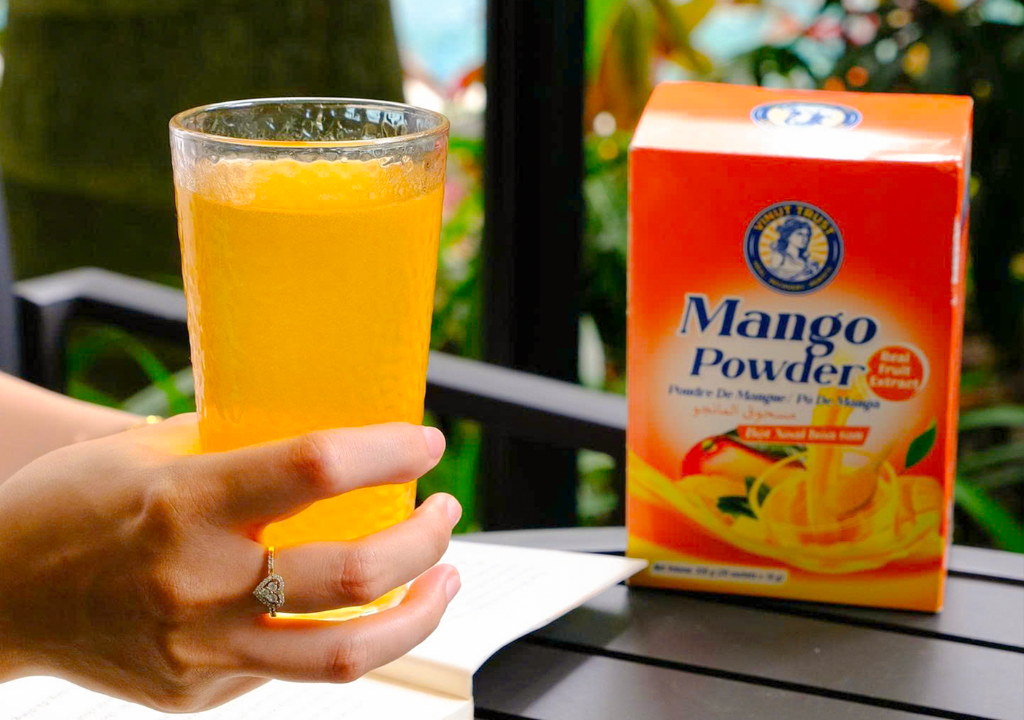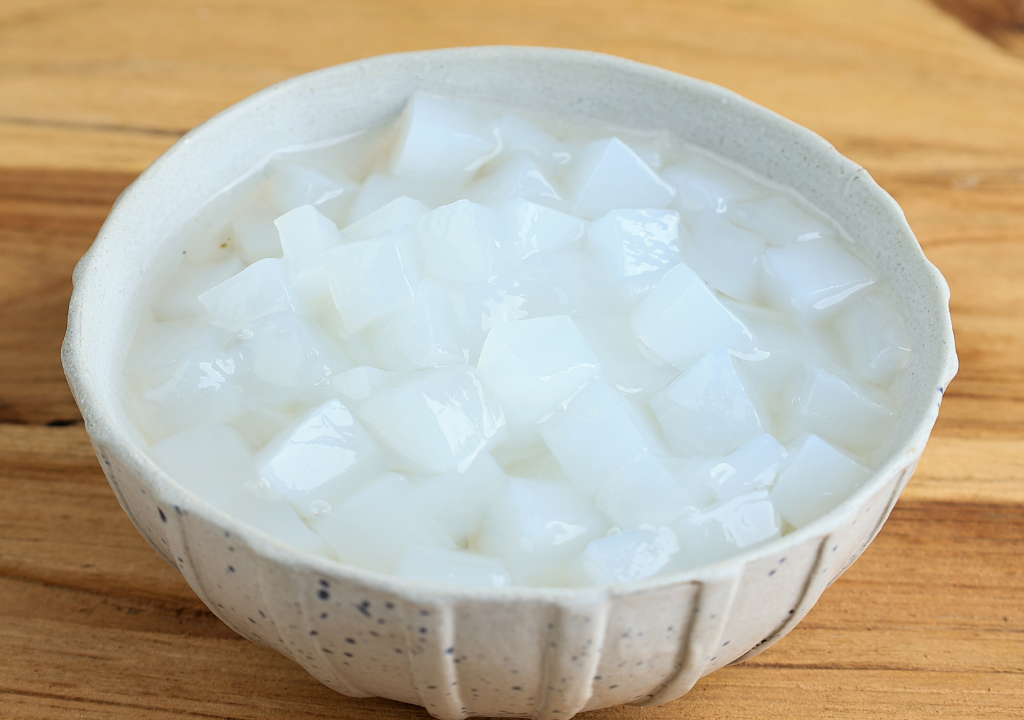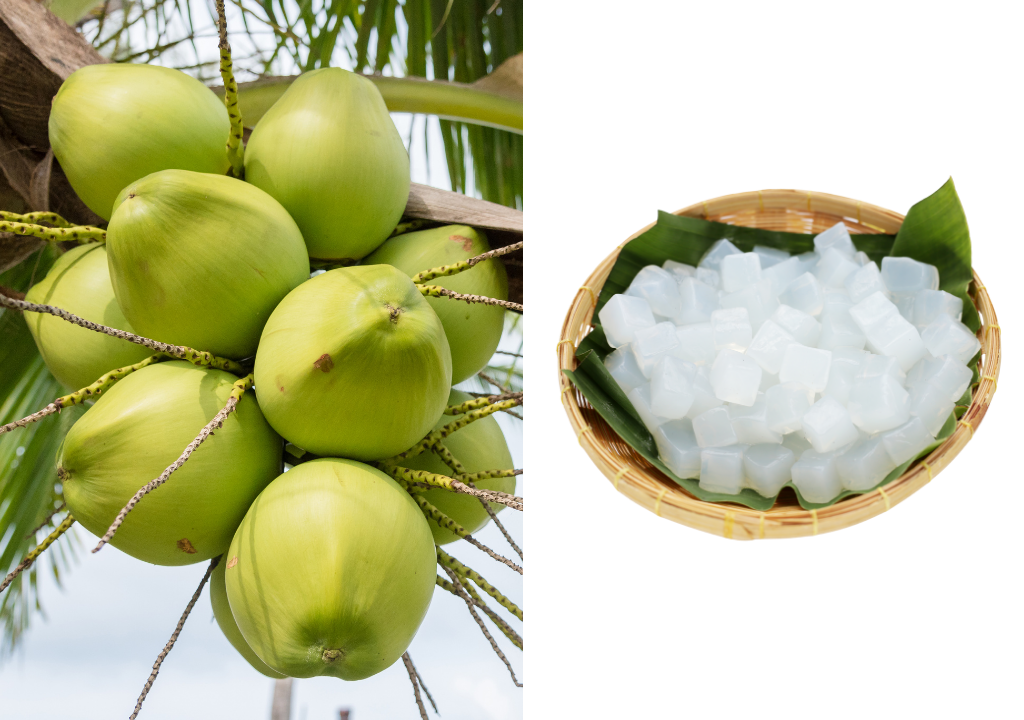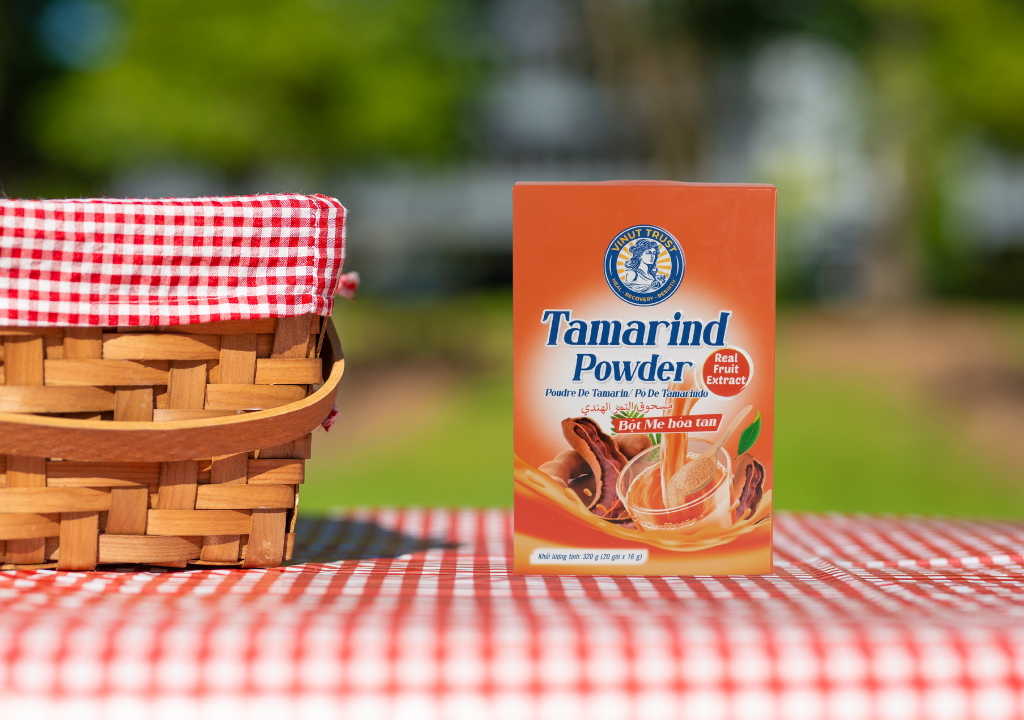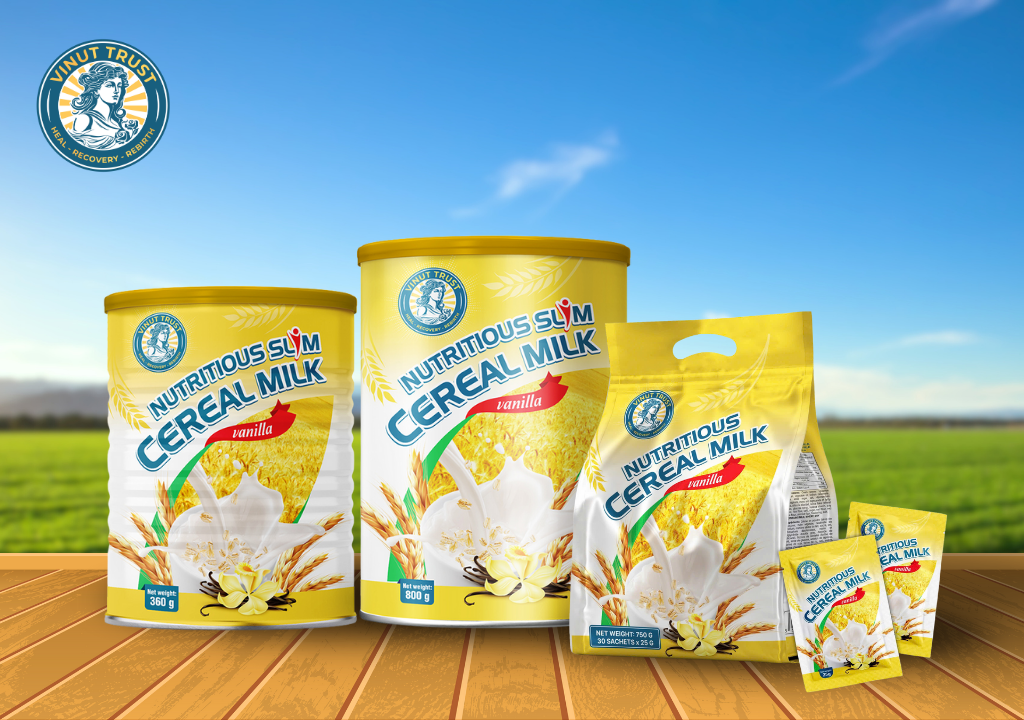What Is Nata de Coco? The Ultimate Guide

Mục lục
What Exactly Is Nata de Coco?
Nata de coco is a jelly-like food product made by fermenting fresh coconut water with special bacteria. The result is a firm, springy gelatinous substance that is typically cut into small translucent cubes. Despite its name meaning "cream of coconut" in Spanish, nata de coco contains no dairy – it’s purely coconut-based and plant-based. It has a delicate sweet taste and a delightfully chewy texture, making it a fun addition to many desserts and drinks. Often called coconut jelly, coconut jelly is prized for being both tasty and healthy, as we’ll explore in this guide.
Origin and History of Nata de Coco
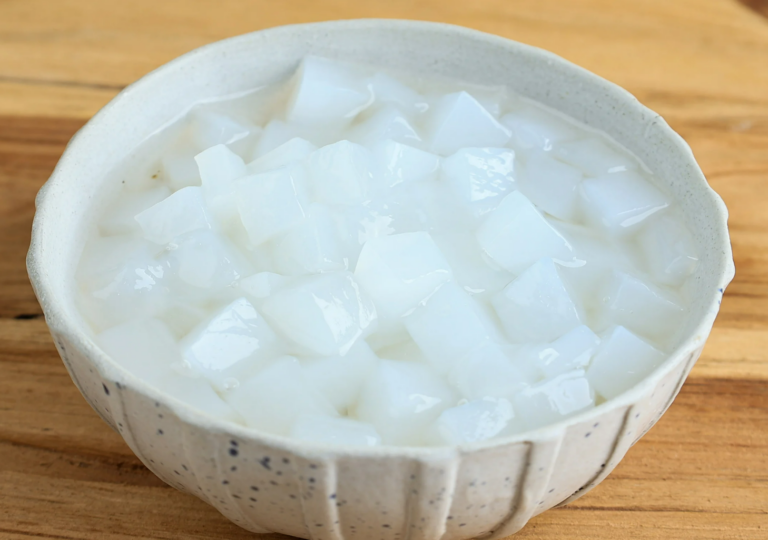
Nata de coco originated in the Philippines in 1949, invented by chemist Teódula Kalaw África as a way to make use of excess coconut water. Inspired by nata de piña (made from pineapples), this jelly-like coconut treat quickly became a local favorite thanks to its chewy texture and refreshing taste.
In the 1990s, it surged in popularity in Japan as a low-calorie, high-fiber dessert and became a trendy ingredient in yogurts, drinks, and sweets. Since then, nata de coco has spread across Asia and into Western markets via bubble tea shops and Asian supermarkets, beloved for its tropical roots, fun texture, and healthy appeal.
How Is Nata de Coco Made?
Nata de coco is made through a unique fermentation process using fresh coconut water. Sugar and a bacterial culture (usually Acetobacter xylinum) are added to the coconut water, then the mixture is poured into shallow trays and left to ferment for 7 to 14 days under clean, controlled conditions.
During fermentation, the bacteria convert the nutrients into cellulose, forming a thick, jelly-like layer on the surface. This is the nata de coco. Once fully formed, the jelly is harvested as a large rubbery sheet and removed from the liquid.
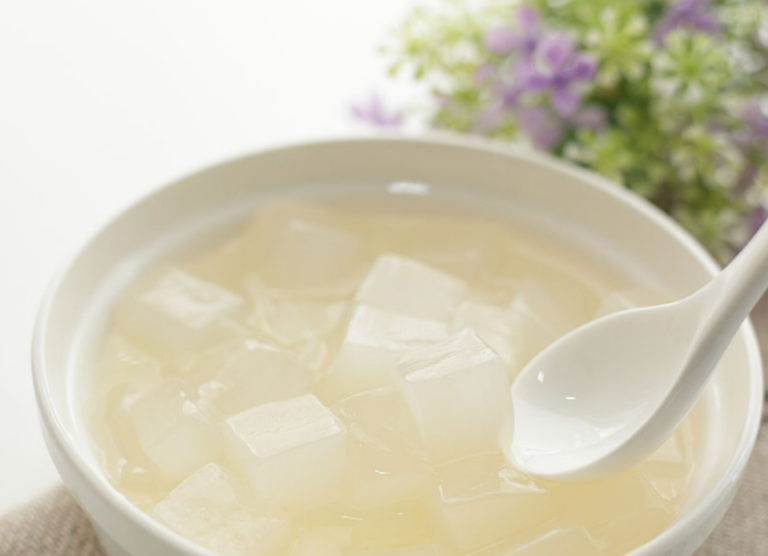
The raw jelly is then thoroughly washed and soaked multiple times to remove the vinegar smell and sour taste left from fermentation. It’s often briefly boiled to help clean and soften it before cutting.
Finally, the jelly is cut into cubes and soaked in sugar syrup or fruit juice for flavor. These sweetened cubes are then packed in syrup to stay moist and fresh. The result is a chewy, naturally made jelly – no gelatin or agar involved – with its signature texture created entirely by microbial fermentation.
Nutritional Profile and Health Benefits
One reason nata de coco has gained a reputation as a healthy treat is its nutritional profile. This coconut jelly is very low in calories and fat, yet high in fiber. A typical serving (100g) of unsweetened nata de coco contains roughly 10–15 calories, virtually 0g fat, and around 5–6g of carbohydrates, much of which is dietary fiber. It also has no cholesterol and no protein. Essentially, nata de coco is a high-fiber, water-rich food with a bit of natural sugar from the fermentation process or added syrup.
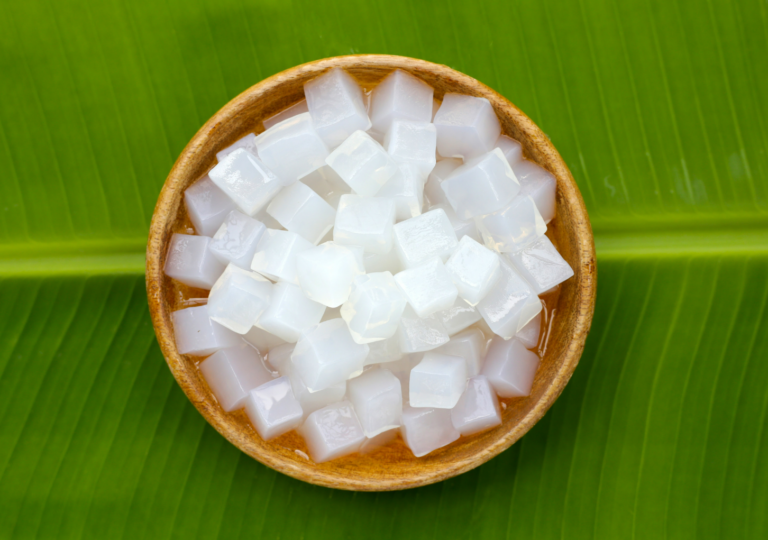
Health benefits of nata de coco include:
- Aids Digestion: The high fiber content (from the cellulose) helps promote regular bowel movements and can prevent constipation. It acts like a prebiotic, providing food for beneficial gut bacteria.
- Weight Management: With very few calories, nata de coco is a great dessert alternative for those watching their weight. It can satisfy a sweet craving without adding much to daily calorie intake. The fiber also contributes to satiety (feeling full), which can help prevent overeating.
- No Fat or Cholesterol: Nata de coco is naturally fat-free and cholesterol-free. This makes it heart- healthy and suitable for people on low-fat diets. It’s a dessert ingredient that won’t affect blood cholesterol levels.
- Low Sugar (when rinsed or in light syrup): The jelly itself has a low glycemic index. Unsweetened or lightly sweetened nata de coco won’t spike blood sugar dramatically, making it a better option for those with blood sugar concerns (compared to typical sugary desserts). Diabetics still need to be cautious of any added syrup, but the base jelly is quite benign.
- Allergen-Friendly & Vegan: Nata de coco contains no common allergens (no gluten, no dairy, no nuts, etc.) and is entirely plant-based. This means it can fit into vegan diets and be enjoyed by those with many food allergies.
In short, coconut jelly allows you to indulge without guilt. You’re mostly consuming fiber and water, with just a touch of sugar. Of course, moderation is key (the syrup can add sugar), but compared to many desserts, coconut jelly is a smart choice.
Why Is Nata de Coco So Popular Worldwide?

From a small Filipino household treat to a global ingredient, nata de coco’s rise comes down to a few key factors:
- Unique Texture: Nata de coco stands out for its chewy “QQ” texture, adding a fun and interactive element to desserts and drinks. It’s especially loved in bubble tea and fruit juices, where the joy of chewing enhances the overall experience.
- Health Appeal: With low calories, no fat, and added fiber, nata de coco fits perfectly into modern health-conscious diets. It offers a sweet treat without the guilt, making it popular among young consumers and diet-conscious markets worldwide.
- Versatility: Mild in flavor and easy to use, nata de coco blends well with many products—from yogurts and bakery items to drinks. Its shelf-stability and convenience made it a go-to ingredient for food manufacturers.
- Cultural Crossover: Riding the global wave of interest in Asian foods, nata de coco found a receptive audience. Its coconut origin also aligned with the worldwide trend of coconut-based “superfoods,” boosting its global appeal.
- Production & Export: Countries like the Philippines, Vietnam, and Thailand scaled up high-quality, affordable nata de coco production. This supply accessibility encouraged more brands to use it, further driving its global popularity.
All these factors combined turned nata de coco from a niche local product into a global favorite. It’s a great example of how a traditional food can find a second life in the international market when the right elements of novelty, taste, health, and supply align.
Conclusion
Nata de coco may have humble origins as a Filipino coconut byproduct, but it has truly earned its place as a beloved international ingredient. In this ultimate guide, we’ve learned that nata de coco is more than just a dessert jelly – it’s a testament to culinary creativity (fermenting coconut water to create something new), a boon for healthy eating, and a versatile addition to countless recipes.
If you’ve never tried nata de coco, consider picking up a jar of these coconut jelly cubes and adding them to your next drink or dessert. And if you’re a business (such as a beverage brand, yogurt producer, or food service chain), nata de coco could be the next hit ingredient that delights your customers.
Ready to explore premium Nata de Coco for your products? VINUT TRUST Nata de Coco is a leading supplier of high-quality coconut jelly in bulk. We offer small MOQs.

